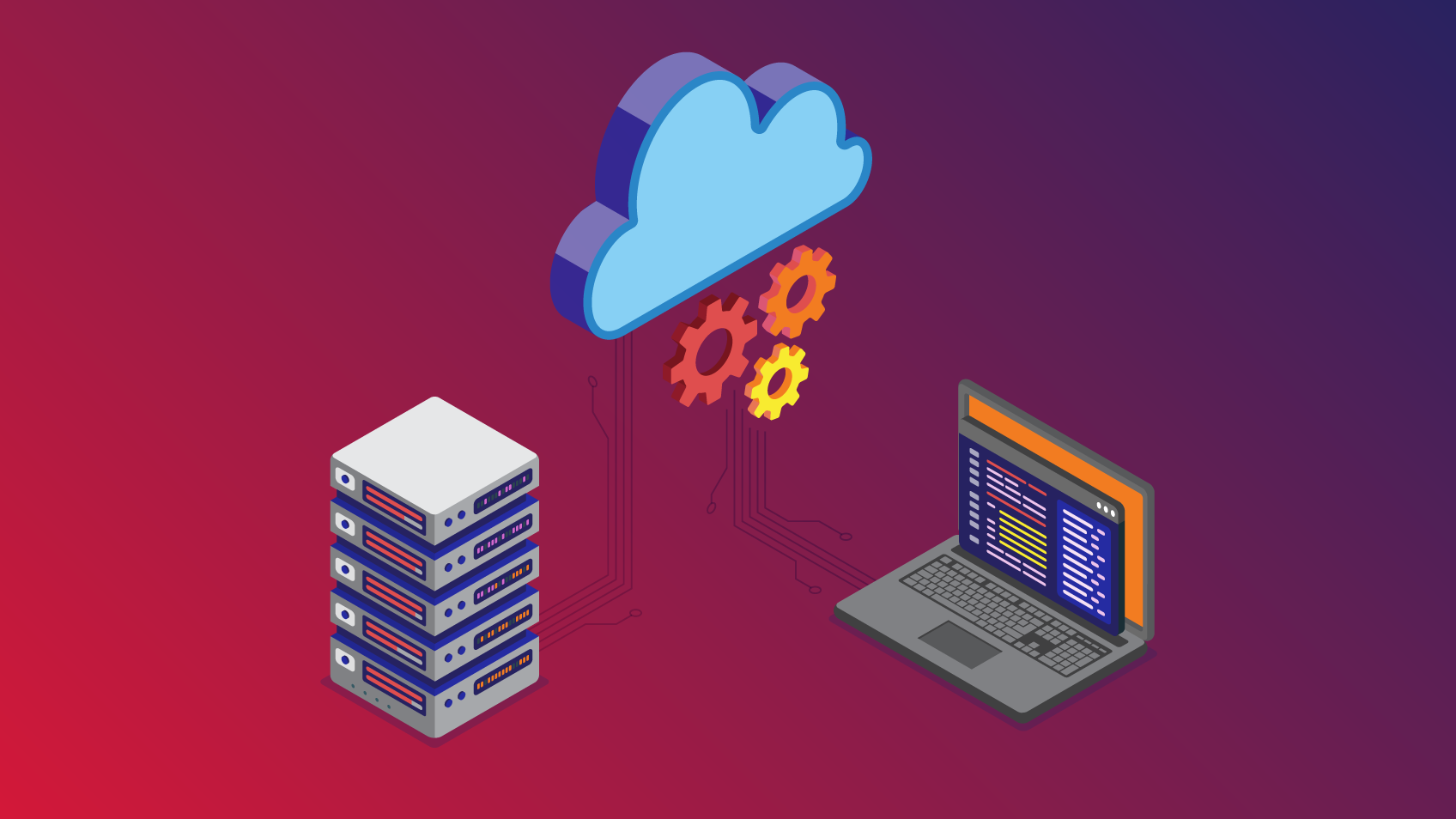5 SECOND SUMMARY:
- There are advantages to implementing either a cloud or hybrid solutions for your Middleware;
- Some benefits are: Increased delivery speed of digital solutions; Increased responsiveness; Focus on innovation, among others.
The demands of a competitive and ever-changing business require organisations to equip themselves with processes and tools that give them the agility and speed of response needed to stay ahead. These days all industry sectors are – at their core or by symbiosis – deeply digital. Middleware platforms are fundamental for the implementation of digital programmes in organisations and, as such, must be moulded to the reality of the company and its operations so that they can support their growth in a sustained manner.
Since the early 1980s, middleware has undergone a profound evolution to respond better to the continuously changing landscape. Initially responding to a need for point-to-point connection and later on from a perspective within the organisation, the explosion of the Internet and the proliferation of APIs quickly created new challenges for the development and maintenance of distributed integrations, requiring the creation of new middleware tools to manage this complexity. The latest challenges are related to the adoption of the cloud and elastic granular architectures, making middleware solutions even more fundamental to organisational strategy.
The relevance of the cloud or the hybrid solutions
Migration to the cloud has been a growing trend over recent years. Several organisations are setting the cloud as a goal in their application modernisation and digital transformation strategy for its inherent benefits:
• Increased delivery speed of digital solutions, with the availability of numerous tools optimised to address different team needs and skill sets.
• Increased responsiveness to technical IT challenges, such as ensuring high availability, scalability, fault tolerance and security.
• Reduced infrastructure operation and maintenance and better management of associated costs (consumption-based models).
• Focus on innovation and initiatives that produce greater value for organisations.
This is not to say that the solution is the total transition to a public cloud. Technical constraints, compliance, legal impositions or even business benefits may require some architecture components to remain on the premises or within a private cloud. It is, however, necessary to adopt a cloud-first strategy that requires the cloud alternative to be considered upfront and to weigh up the pros and cons involved in the transition. In most cases, the ideal solution will be hybrid to be more efficient and aligned with business objectives.
Types of cloud or hybrid solutions
As organisations integrate the cloud, middleware gains an even greater role in the consistency of the ‘application fabric’ of organisations. If middleware has previously helped to simplify data integration between heterogeneous systems, a hybrid solution becomes the cornerstone for addressing the heterogeneity of the architecture. There are now different types of middleware solutions for this:
• Self-managed platforms: Platforms which, regardless of their architecture (centralised or microservice-based), are maintained by the customer in their own ecosystem. Typically they are highly customisable and offer greater freedom to be tuned to low-level technical needs, with the drawback of being more resistant to evolution and requiring a high administration effort by IT teams.
• Vendor-managed platforms: The ideal solution for eliminating the cost of platform maintenance, which can be managed in a transparent way by the respective vendors. Given that they are outsourced to the vendor’s infrastructure, they offer a similar set of functionalities to self-managed platforms but with limitations in terms of their extensibility and low-level customisation.
• iPaaS (integration Platform-as-a-Service): Specially designed for the cloud, these platforms bring together an integrated suite of different tools to enable organisations to easily integrate cloud and SaaS applications. They focus on automation, integrated experiences (one-piece vision) and low-code/no-code development to simplify the integration problem, promoting implementation by users without technical expertise (citizen developers) and, consequently, organisational agility.
As indicated earlier, the challenge of organisational integration increases with the complexity of the business and/or its architecture. This means that a single middleware platform is not always adequate. The concept of the HIP (Hybrid Integration Platform) was born out of this need. The implementation of a HIP consists of the continuous valorisation of a mixed solution of middleware pieces, combining iPaaS with other on-premise products and implementations targeted at specific integration problems (such as B2B Gateway, Managed File Transfer, API Management and IoT) under integrated management and governance, offering greater adaptability to the constant changes and needs of the business.
Final Thoughts
Competitiveness and rapid response to opportunities and threats are critical capabilities for the success of any organisation. To achieve these things, the organisation must be equipped with appropriate tools to react with agility and assertiveness. A middleware solution aligned with the strategic objectives of the organisation provides a solid base for progress and sustained development, favouring the autonomy of the teams in development, facilitating the control and integrated management of the ecosystem, and promoting innovation.

Enterprise Solutions Manager – Xpand IT














